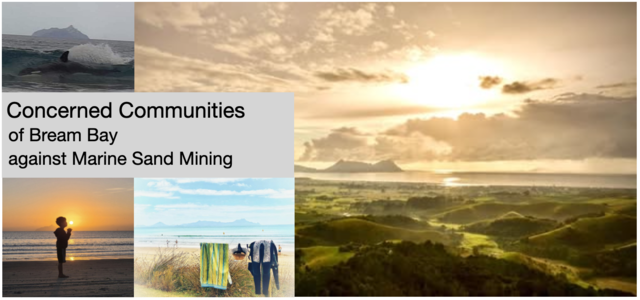Join us for the Bream Bay Youth Ambassador Beach Rally!
Labour Weekend - Saturday 25 October 2025
Ruakaka Beach, next to the Surf Club
12.30pm - 3.30pm (weather permitting)
This rally is all about giving the next generation of Bream Bay leaders - young and old - the chance to express their vision for a healthy coastline and thriving marine life.
Through sand art and sculpture, we are inviting all participants to showcase what they know about marine life, beaches and sand dunes - and imagine what Bream Bay could look like 20-30 years into the future.
What better way to promote our beautiful Bream Bay - and take a stand against the extraction of marine sand that threatens the ocean floor, beaches and sand dunes we all love!
Everyone's welcome!
Please contact Mary or Brenda at [email protected] if you would like further information.


